
General Idea
Tianjin (天津) is a municipality in China.
Despite its size and importance as a port, the city lacks the vitality of other large Chinese coastal cities, and has been unable to attract the same degree of investment as places such as Guangzhou and Shanghai. However, new development is increasing rapidly and Tianjin is now catching up to nearby cities such as Beijing.
Blessed with variety of tourist attractions, Tianjin is a good place to explore. The top ten attractions in Tianjin, known as Jinmen Shijing, are Gu Wenhua Jie, Dagu Emplacement, Huangyaguan Great Wall, Dule Temple, Haihe River, Water Park, Panshan Mountain, Hotel Street and Food Street, Tianjin TV & Radio Tower and Zhonghuan Cailian. There are also many natural scenes of beauty as well as great historical events.
Getting in and out of the city is convenient because of the well-planned transportation system. If you want to come by water, there are a series of international and domestic sea routes in the port of Tianjin, which is the biggest man-made port in China. If you plan to arrive by air, Tianjin Binhai International Airport offers excellent service. Planes have routes that reach most of the major cities in China and also cities in Europe and America. Of course, arriving in Tianjin by land is another option, while trains or long-distance buses are yet another alternative.
Various hotels, guesthouses and hostels can also meet your different needs. In addition, there are all types of entertainment available to relax both your body and mind.
Geography and Climate
Tianjin is located at the center of Bohai rim economic zone, northeast of North China Plain, between 38°34’N—40°15’N and 116°43’E—118°04’E, belonging to 8th eastern international time zone. Total administrative region covers an area of 11,760 km2, about 120 km to Beijing, the capital of China. Tianjin is a significant transportation hub and a sea port in north China.
Located on the east coast of mid-latitude Euro-Asia Continent and mainly influenced by monsoon circulation, Tianjin is an area full of East Asian monsoon, and has sub-humid continental monsoon climate. In average, its annual precipitation is 520mm to 660mm, 85% of which in summer and autumn, sunshine time between 2,500 –2,900 hours and average wind speed of 2.3 meters per second. Its annual average temperature is between 11.4℃—12.9℃. The coldest time is January, with an average temperature of -3℃—-5℃, while the hottest in July, with average temperature of 26℃—27℃. The colorful, fresh and bright autumn is the best season in the whole year, thus the best time to visit and enjoy your holiday in Tianjin.
Tianjin enjoys a rich supply of land resources, including farming land 7,067 km2 and non-farming land 3,487 km2. The water resources in Tianjin are relatively inadequate. The initiatives of diverting water from the Luanhe River and Yellow River to Tianjin, Sea Water Desalination and South-to-North Water Diversion Project have effectively relieved its want of water. Tianjin possesses rich mineral resources falling into 35 types (45 subtypes), in which, Manganese and Boron were not only first discovered in Tianjin, but also very rare in the world. Fuel mines here include petroleum, natural gas and coal-formed gas, etc, mainly imbedded in the plain area and the Bohai Continental Shelf. The energy resources exploited include Bohai Oil Field and Dagang Oil Field. The terrestrial heat resources in Tianjin underground are widely available, the area where terrestrial heat is supplied in Tianjin accounts for 50% of the total in China. Tianjin is also a major source of sea salt, ac-counting for 10% of the total output in China.
History
Tianjin is one of the four municipalities in China. Its name means ’the place where the emperor crossed the river’. In recent years Tianjin has received more and more attention from both tourists at home and abroad due to its numerous travel resources and rich history.
It is no exaggeration to say that Tianjin bears a splendid historical background. However, it was desecrated by foreign invaders long before the foundation of People’s Republic of China. Tianjin was shared by nine countries: Italy, Germany, France, Russia, Great Britain, Austria, Japan and Belgium. This marked an extremely hard period for Tianjin and her people because those imperialist countries left permanent marks in her body, most notable of which were thousands of villas. Today those villas provide an exotic flavor to Tianjin, enhancing the beauty of the entire city.
- Contact Us
-
Tel:
0086-571-88165708
0086-571-88165512E-mail:
admission@cuecc.com
- About Us
- Who We Are What we do Why CUECC How to Apply
- Address
- Study in China TESOL in China
Hangzhou Jiaoyu Science and Technology Co.LTD.
Copyright 2003-2024, All rights reserved





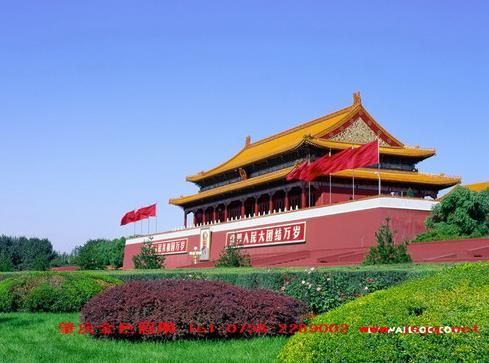
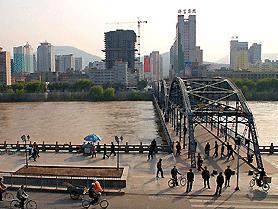
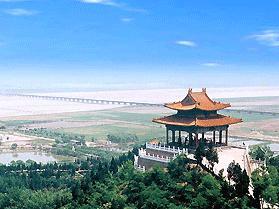
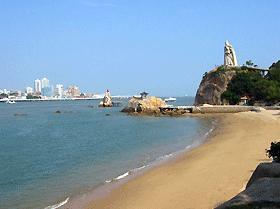
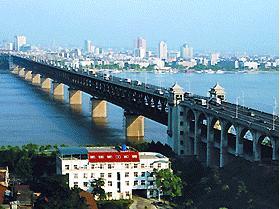
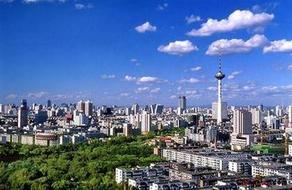
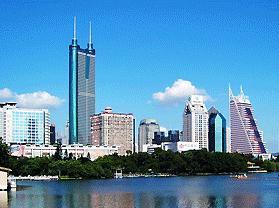
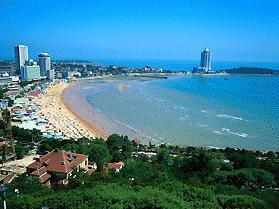
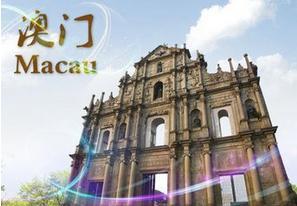
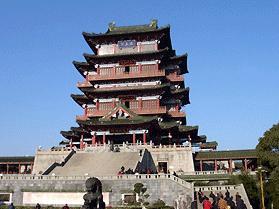
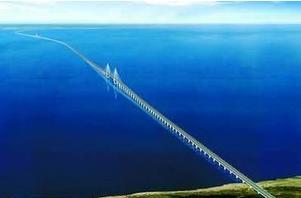
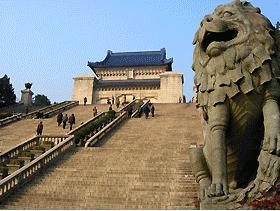
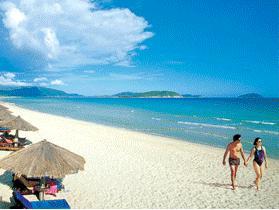
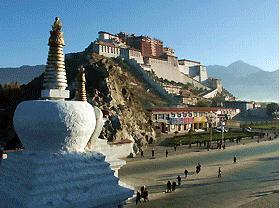
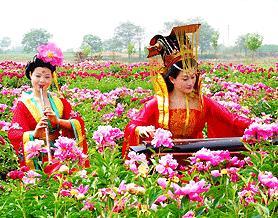
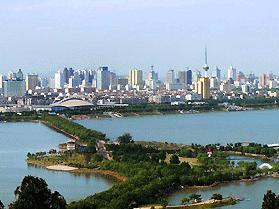
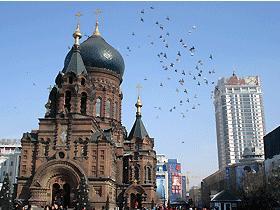
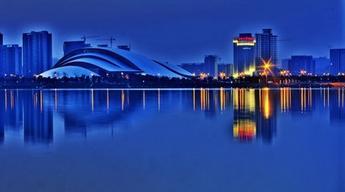
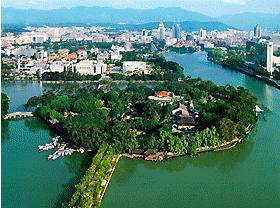
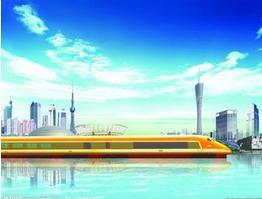

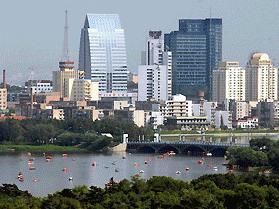
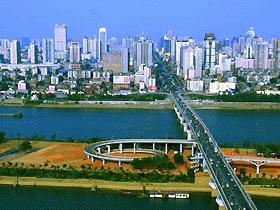
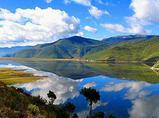
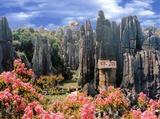

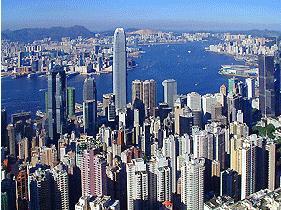
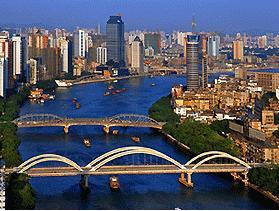
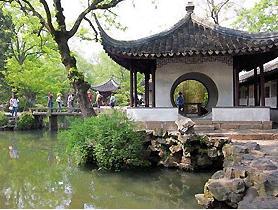

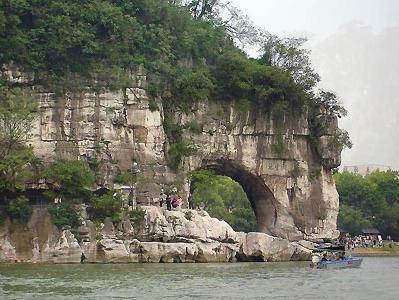
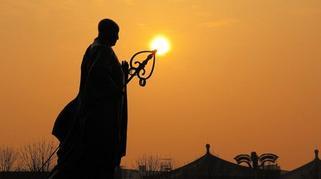
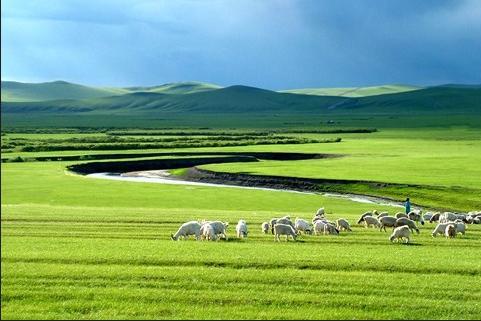
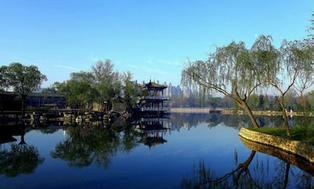
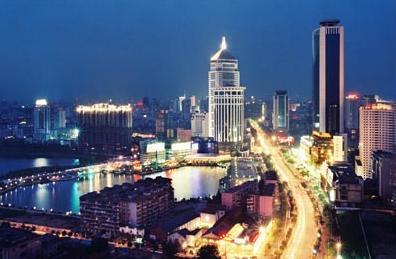
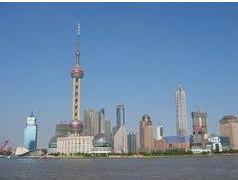
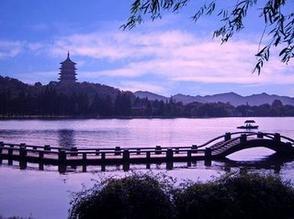

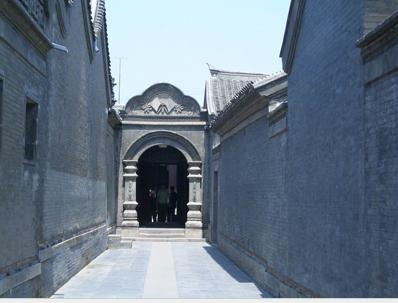
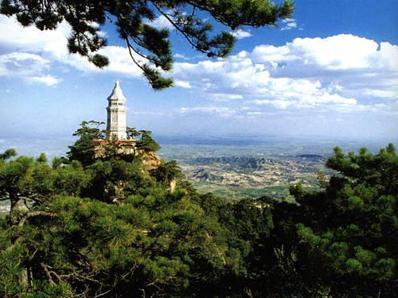
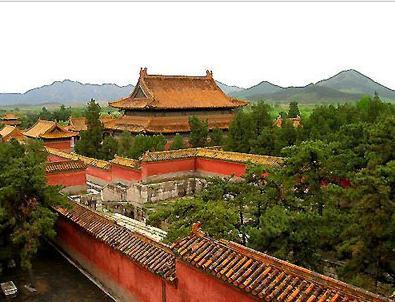
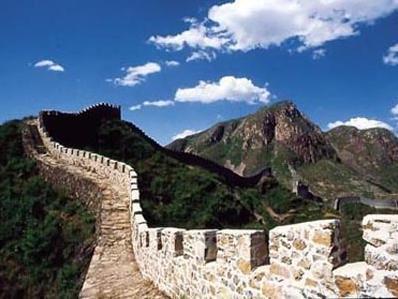
 Chinese
Chinese
 English
English
 Korean
Korean
 Japanese
Japanese
 French
French
 Russian
Russian
 Vietnamese
Vietnamese
